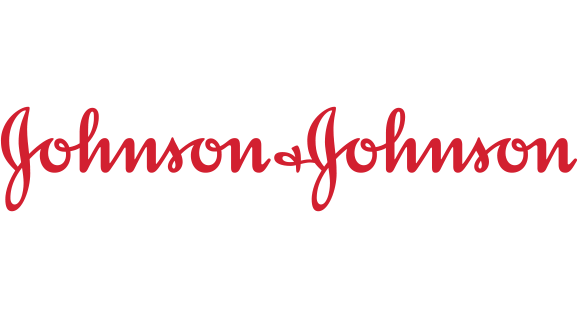Biomanufacturing introduces the intricacies and difficulties involved in manufacturing biologics. Biologics are produced in living cells, unlike small molecule drugs that are synthesized in glassware. To understand the biopharma industry, you need know how biologic medicines are produced. Biomanufacturing is for everyone in the biopharma industry, especially for those new to drug production, drug development or product launch.
OSHA Bloodborne Pathogens Regulations details current OSHA Bloodborne Pathogen Regulations, how to determine if your organization is subject to its laws, and how to properly integrate them into existing medical surveillance, health, and safety programs.
What are considered good publication practices for communicating company-sponsored medical research and how do these practices impact publication development and planning? Learn more in this pub planning module.
How Diagnostics Work: Protein-Based Diagnostics focuses on antibodies: what they are, where they come from and how they work.
Learn how the human immune system works to better understand how the body fights disease both natura...
Learn how the two types of immunity work to better understand how the biopharma industry exploits na...
Introduction to Biosafety Cabinets provides an overview of biosafety cabinets (BSCs), including the different types of cabinets, safe operation and work practices, proper decontamination methods, and a review of the NSF/ANSI 49 Standard.
A panel of experts who have represented either the brand or generic side of intellectual property litigation in the pharmaceutical industry will present a three-part overview of these and related issues.
Medical Device Approval and Commercialization explains the medical device approval process from initial regulatory submission through commercialization.
Medical Device Development provides a detailed look at the five stages of medical device development including market opportunity evaluation, concept evaluation, engineering design, verification/validation and manufacturing transfer.
Medical Device Development Immersion is an interactive, two-day preparatory course designed for those who need to better understand all aspects of medical device development.
Medical Device Overview and Regulation explores the diversity of the medical device industry by highlighting its various sectors, top companies and major regulatory bodies worldwide.
NIH Recombinant DNA Compliance highlights the history and current legislative initiatives for NIH compliance, how these regulations may affect your institution and the operation of the Institutional Biosafety Committee.
OSHA Bloodborne Pathogens Regulations details current OSHA Bloodborne Pathogen Regulations, how to determine if your organization is subject to its laws, and how to properly integrate them into existing medical surveillance, health, and safety programs.
Pharmaceutical Manufacturing introduces the complex processes of manufacturing, packaging and transporting small molecule drugs. Drug manufacturing is highly regulated by governments to ensure patients receive safe and effective medications. If you are new to drug production, drug development or product launch, Pharmaceutical Manufacturing provides you with the knowledge to understand how to get a small molecule drug from the production line to the patient and remain in regulatory compliance.
Preclinical Development focuses on both small and large molecule drug safety assessments and regulatory requirements. This course also explains how clinical starting dose levels are estimated. Learn what preclinical criteria is needed to support first-in-human clinical trials.
Gain a systematic approach to producing a valuation that can be used in investment rounds, mergers/acquisitions, licensing deals or strategic development decisions in the pharma-biotech world...







.png)







